Plant Trees

Happy Earth Month! Be the Change: Plant trees
About
Stay up to date on major announcements, exciting collaborations, and more.Visit our Newsroom
We make it simple for anyone to plant trees, and together we can make an incredible impact. Learn more

Stay up to date on major announcements, exciting collaborations, and more.Visit our Newsroom

We make it simple for anyone to plant trees, and together we can make an incredible impact. Learn more
Get Involved
Become a business partner to improve your company’s sustainability initiatives and make an impact. Learn more
See how your support and leadership can help us fund reforestation efforts across the globe. Learn more

Become a business partner to improve your company’s sustainability initiatives and make an impact. Learn more

See how your support and leadership can help us fund reforestation efforts across the globe. Learn more
Learn
Read about stories from the field, interesting facts about trees and get your healthy dose of nature. Visit our blog
Comprised of lesson plans, learning modules, resources, and activities, our T.R.E.E.S. School Program is the perfect addition to your curriculum. Learn more
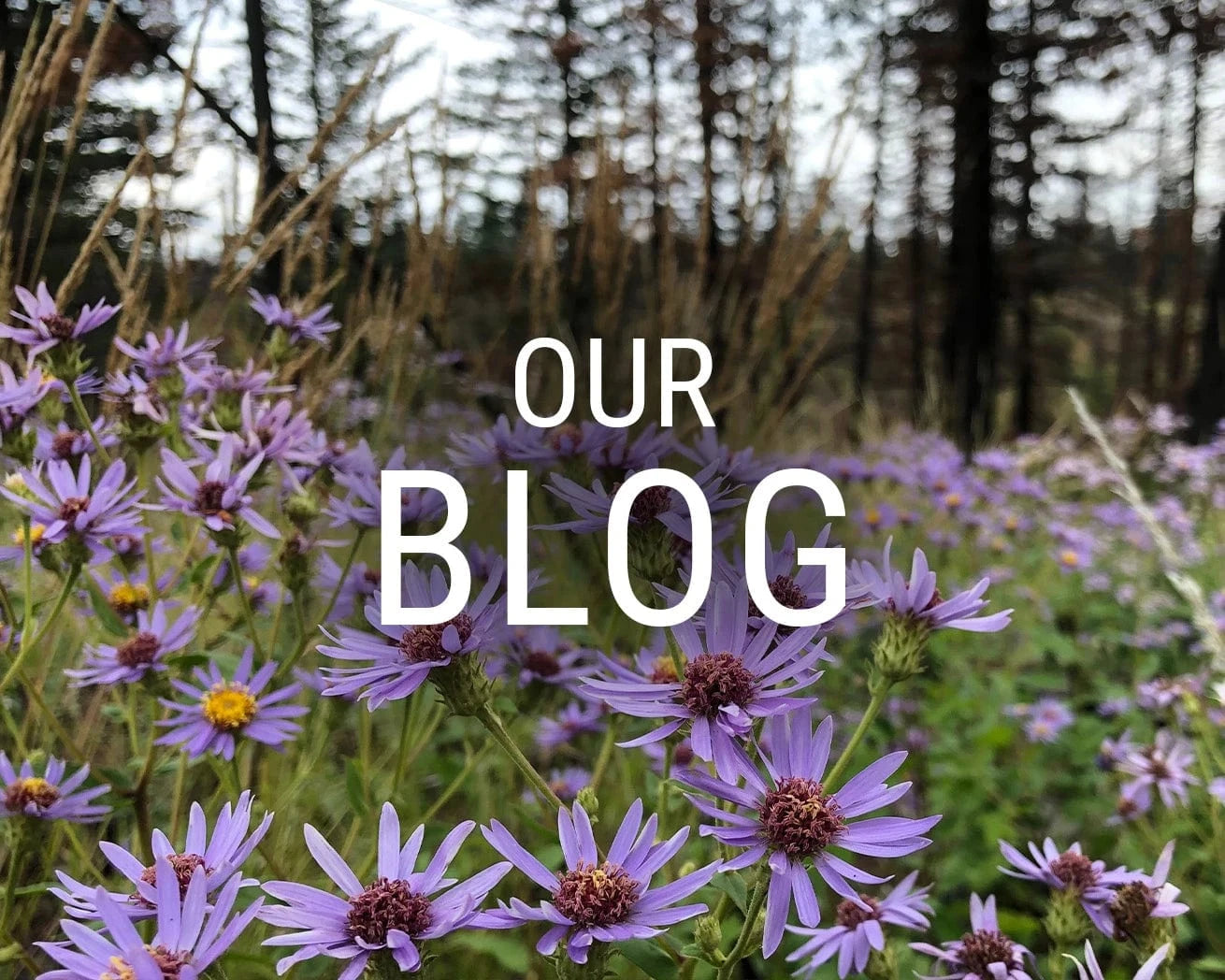
Read about stories from the field, interesting facts about trees and get your healthy dose of nature. Visit our blog
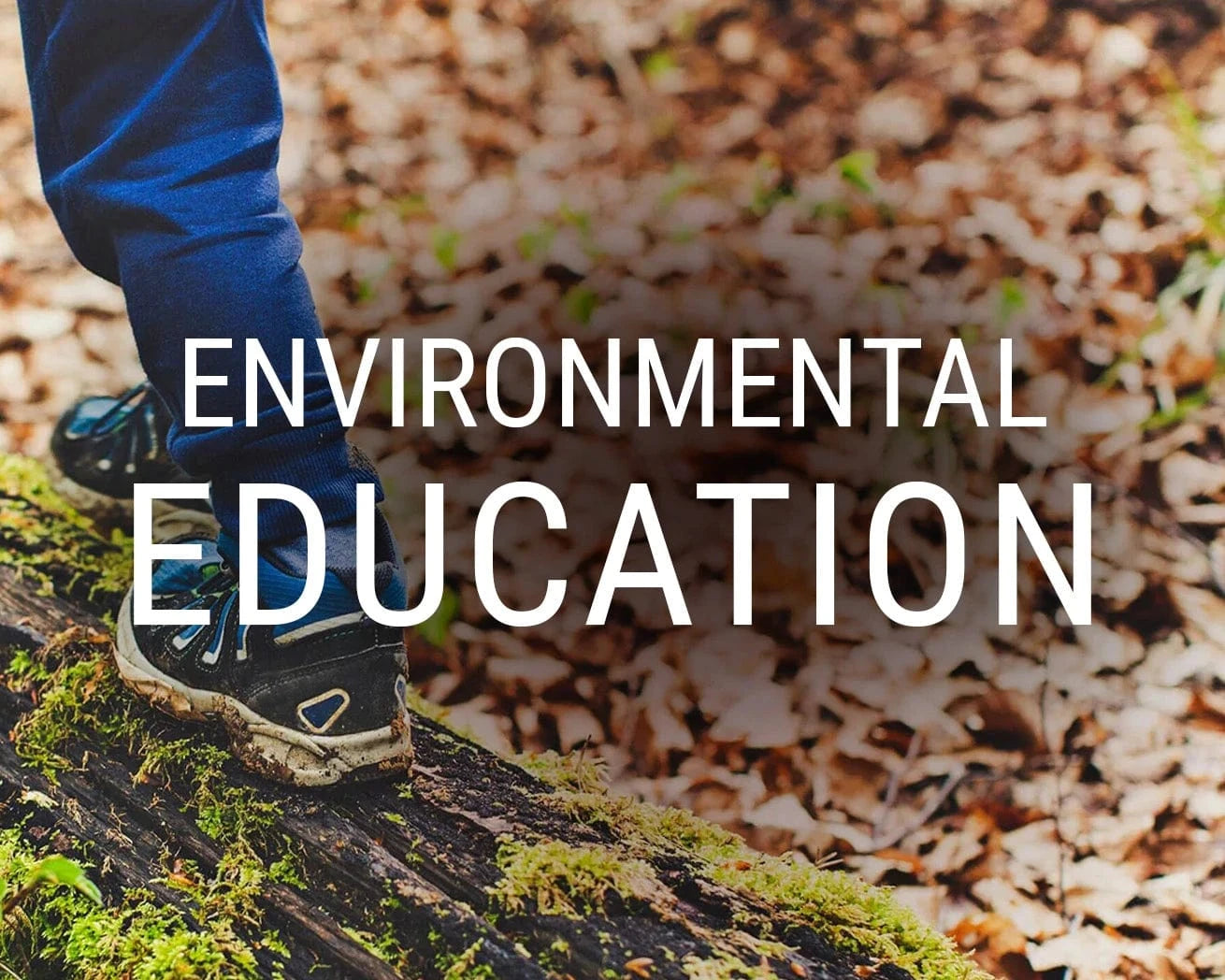
Comprised of lesson plans, learning modules, resources, and activities, our T.R.E.E.S. School Program is the perfect addition to your curriculum. Learn more
Shop
Our fan-favorite Reforestation T-Shirt. Wear it with pride to show your support of reforesting our planet, one tree at a time. Shop now
Give the gift that lasts a lifetime! Choose an image, write your personalized message and select a delivery date to gift a tree. Gift a tree
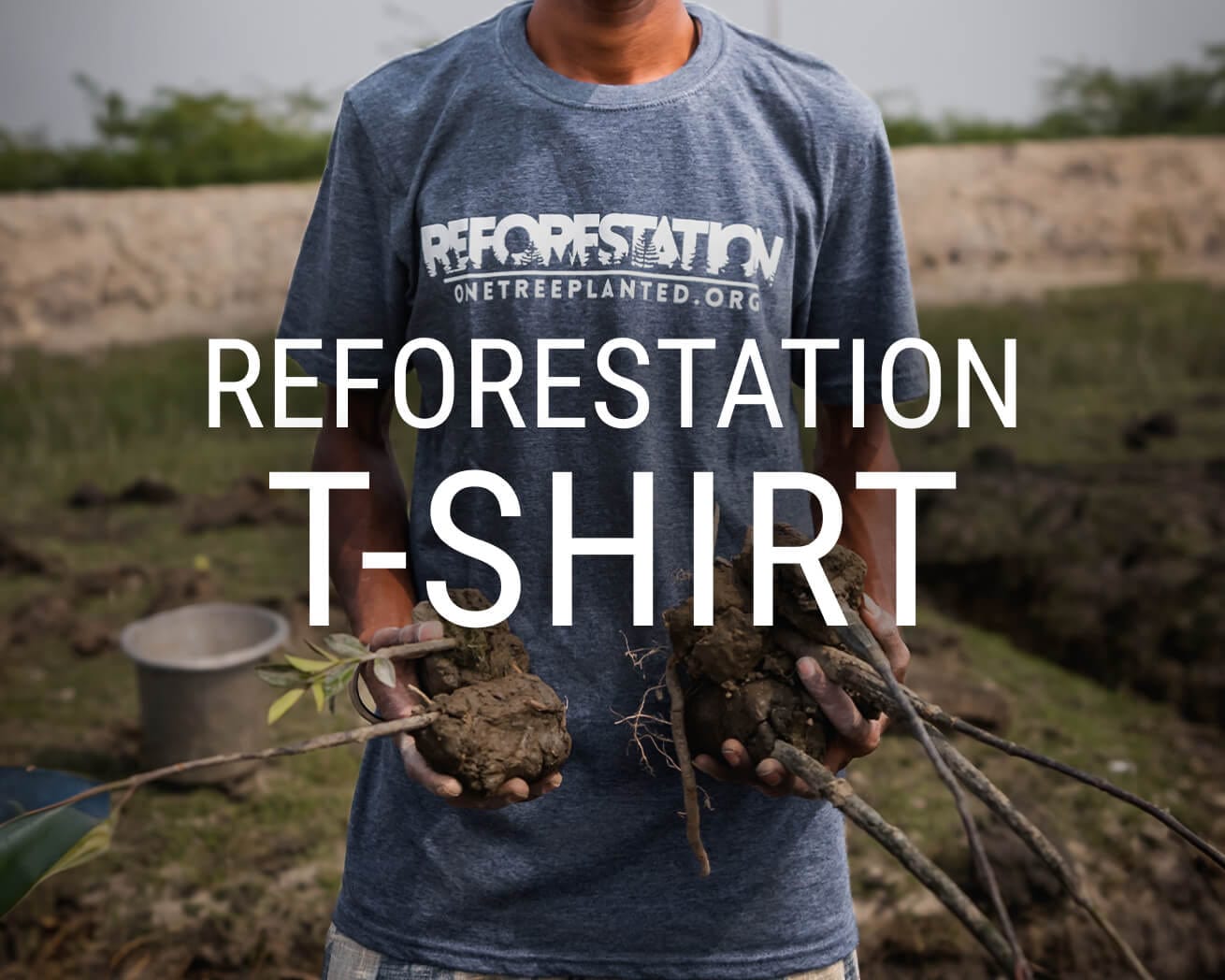
Our fan-favorite Reforestation T-Shirt. Wear it with pride to show your support of reforesting our planet, one tree at a time. Shop now
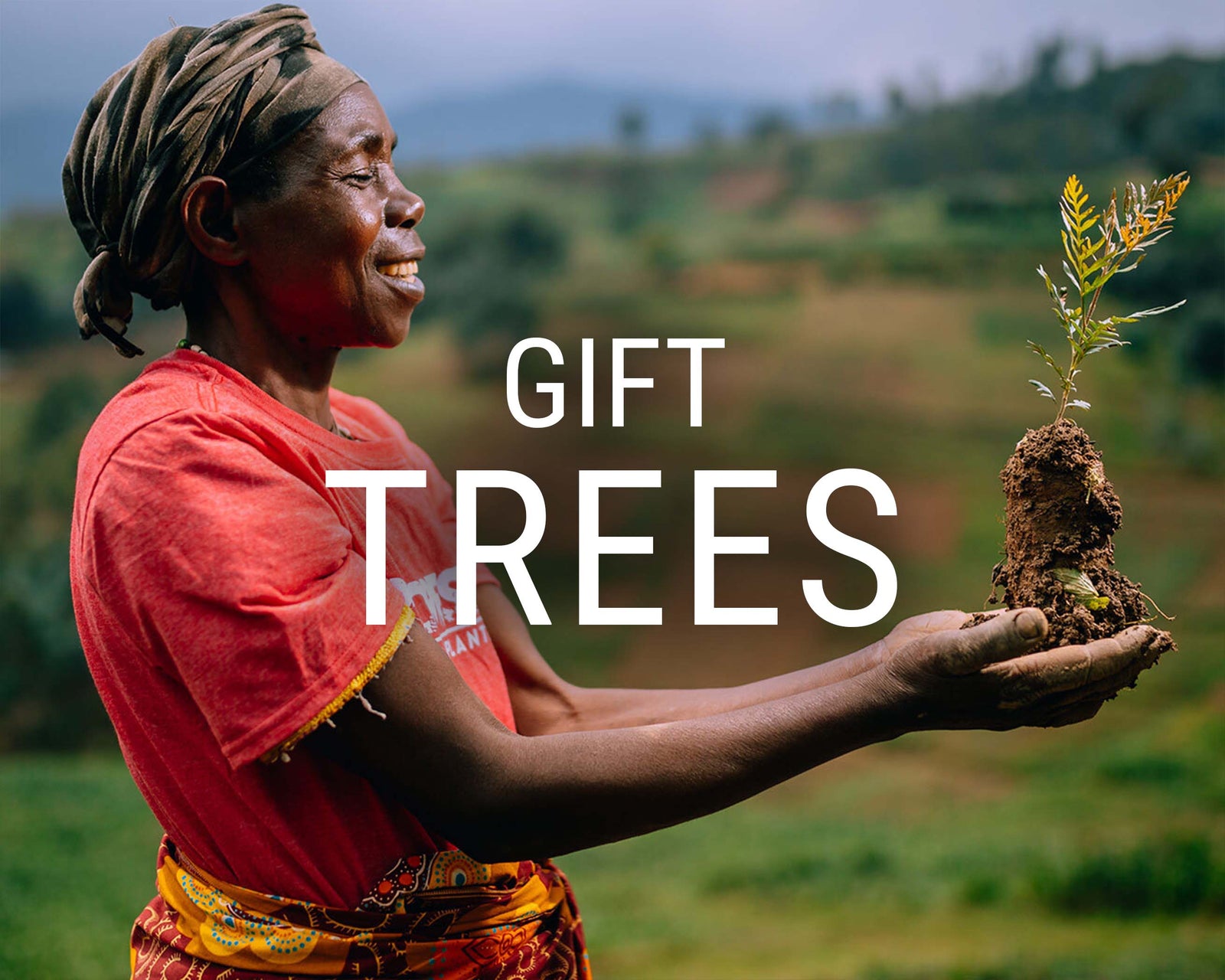
Give the gift that lasts a lifetime! Choose an image, write your personalized message and select a delivery date to gift a tree. Gift a tree
Get Involved
Plant Trees
Real vs. Fake Christmas Trees: Which is Better For the Environment?

Get news, updates, & event Info delivered right to your inbox:
Real vs. Fake Christmas Trees: Which is Better?
We spend a lot of time talking about the benefits of trees and why you shouldn’t cut down trees, but you may be wondering, what about about Christmas trees? Are Christmas trees eco-friendly? Are real Christmas trees better for the environment? Or is it better to purchase a fake Christmas tree to save the real trees from being cut down?
We’re here to alleviate these concerns for all Christmas-loving environmentalists by answering this question and more. And if you want to further reduce your environmental impact this holiday season, you can also check out our tips for a sustainable holiday!
Are Fake Christmas Trees Bad For the Environment?
Artificial trees can last many years if well cared for, which seems to make them the obvious sustainable choice, but they do have drawbacks. Because most are made with plastic and metal materials, they take a lot of resources to create — and their plastic components will exist for thousands of years, polluting our oceans and filling the bellies of sea turtles.
Often produced and shipped from China, they also have a hefty carbon footprint— to the tune of up to 88lbs of CO2 per artificial tree, which is over 10X higher than that of a sustainably grown, properly recycled real Christmas tree.
In fact, you would have to keep your fake Christmas tree for at least 10 years for it to have the same carbon impact as using a real tree each year — and that isn’t considering the environmental damage artificial trees cause as they slowly break down in a landfill. And let's be real: the likelihood of them staying nice enough to keep for 10 years is low.
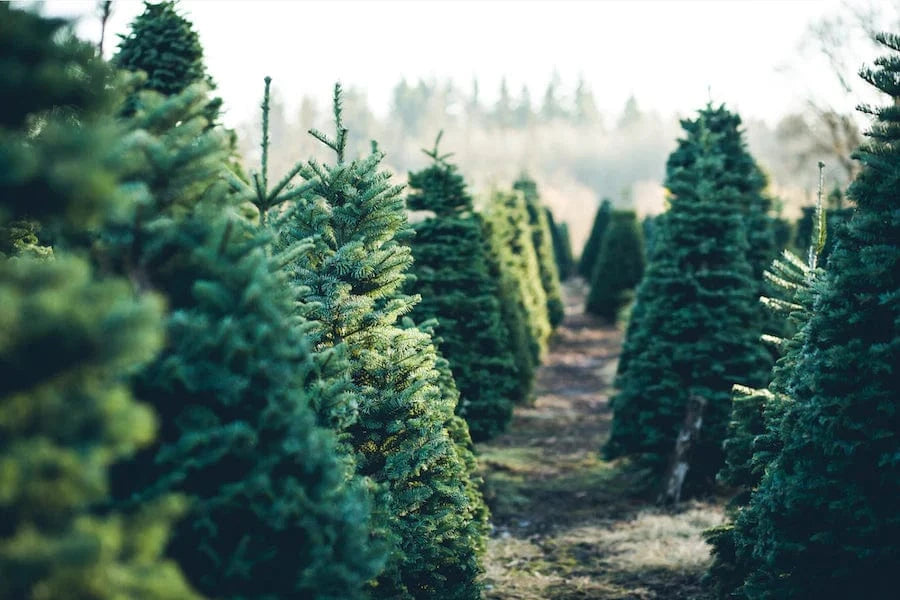
Are Real Christmas Trees Better For the Environment?
Yes, real Christmas trees are more eco-friendly and a better choice for the environment. It may feel counter-intuitive, but it's much more sustainable to cut down a real tree each year. That’s because most small-scale Christmas tree farms are inherently sustainable, leaving certain sections open for harvesting every year, while keeping other areas roped off to give younger trees a chance to grow.
It takes around 7 years to grow an average-sized Christmas tree, and as trees grow, they absorb carbon and use 10x fewer resources than artificial tree factories. According to the Association of Christmas Tree Growers, for every tree that is cut down each year, 1 to 3 new seedling trees are planted.
This rotating cycle ensures that the farmers will have a steady harvest of salable trees every year, but it also provides habitat for wildlife and protects the land from getting used for other purposes. In fact, many Christmas tree growers utilize steep hillsides that would otherwise be unsuitable for agricultural activities.
In short: sustainable Christmas tree farms are both the ethical andsustainable choice: they can be great for the environment and for the people who work and live on them, for whom jobs and income are generated. And of course, unlike fake trees, real trees are completely biodegradable and can be used for lumber, turned into mulch, donated to restoration projects, composted and used to fertilize next year’s crop, fed to goats (check with your grower to ensure no chemicals were used), and more!
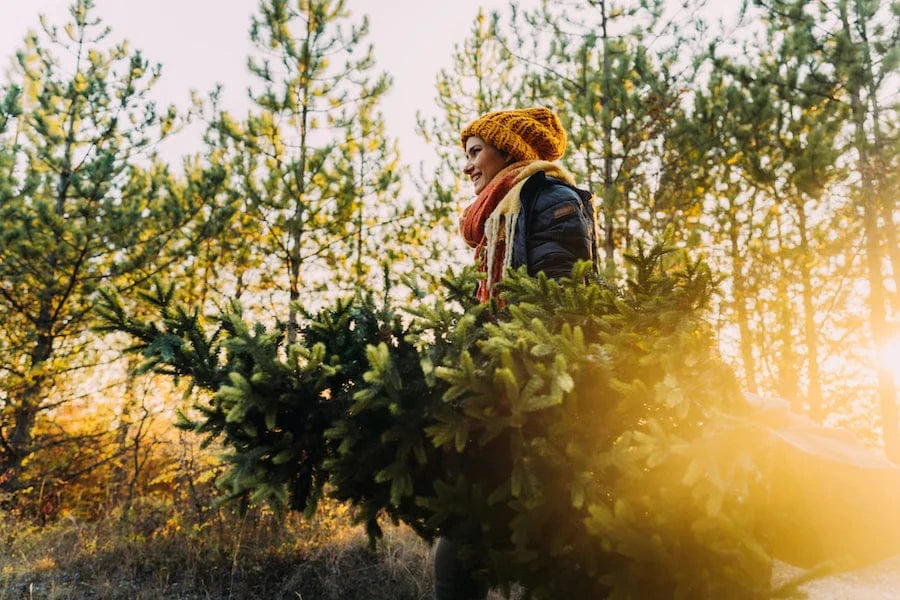
Do All Real Christmas Trees Have the Same Environmental Impact?
Unfortunately, there are bad actors out there that cut trees from primary forests, which means that not at all real Christmas trees have the same environmental impact. But if you’re willing to spend a little time researching, you likely can find a small tree farm near you where you’ll be able to see exactly where and how the trees are grown and managed.
Real Christmas trees, like any houseplant, help clean the air inside your home by removing dust and pollen particles. So you’ll also be improving your indoor air quality, which often declines after homes are sealed up for winter.
Of course, you could also go full-on hippie and find a sustainable alternative Christmas tree, or get a live tree that can then be planted outdoors after the holidays (just make sure it’s a native tree species suited to your climate). You could even bedazzle that massive monstera in your living room. We won't judge!
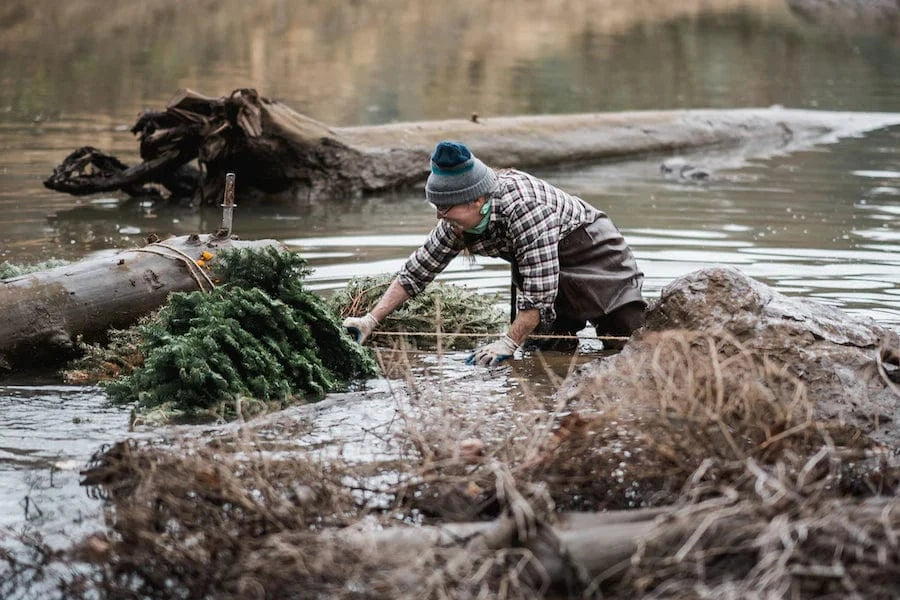
How to Recycle Your Real Christmas Tree
Once the holiday season is over, there are plenty of options for properly disposing of your Christmas tree:
- Participate in a local tree recycling program if there's one in your area
- If you have a wood chipper, chip the tree for free mulch
- Donate it to a local environmental organization, who may repurpose it for restoration projects like beefing up riparian areas, protecting fragile dunes, sheltering wildlife and more.
- Use the needles for crafts like evergreen potpourri, the trunk for natural coasters and more!
- Strip the tree bare and use it to build a frame for vine-y garden plants like beans, cucumbers and flowers.
- Donate it to a local goat farm (as long as it has not been sprayed with harmful pesticides or other chemicals) — look up goats eating Christmas trees videos and you'll see why this is such a fun option.
- Secure the tree outside in a spot that's sheltered from wind to provide a winter shelter for small mammals and more!
And finally, if you’re still concerned about your holiday impact, consider planting a tree with us to offset your Christmas tree!
Get news, updates, & event Info delivered right to your inbox:
Meaghan Weeden
Meaghan works to share our story far and wide, manages our blog calendar, coordinates with the team on projects + campaigns, and ensures our brand voice is reflected across channels. With a background in communications and an education in environmental conservation, she is passionate about leveraging her creativity to help the environment!
Related Posts
Good News! 6 Positive Environmental Stories from April 2024
25/04/2024 by Gabrielle Clawson
8 Reasons to Plant Trees in Cities
23/04/2024 by One Tree Planted
Planting Trees in Mexico for Monarch Butterfly Habitat
18/04/2024 by Meaghan Weeden
Popular On One Tree Planted
5 Causes of Deforestation
15/02/2024 by Meaghan Weeden
Inspirational Quotes About Trees
23/01/2024 by Meaghan Weeden
How to Reduce Waste: 21 Ideas for Zero Waste Living
16/01/2024 by Meaghan Weeden





